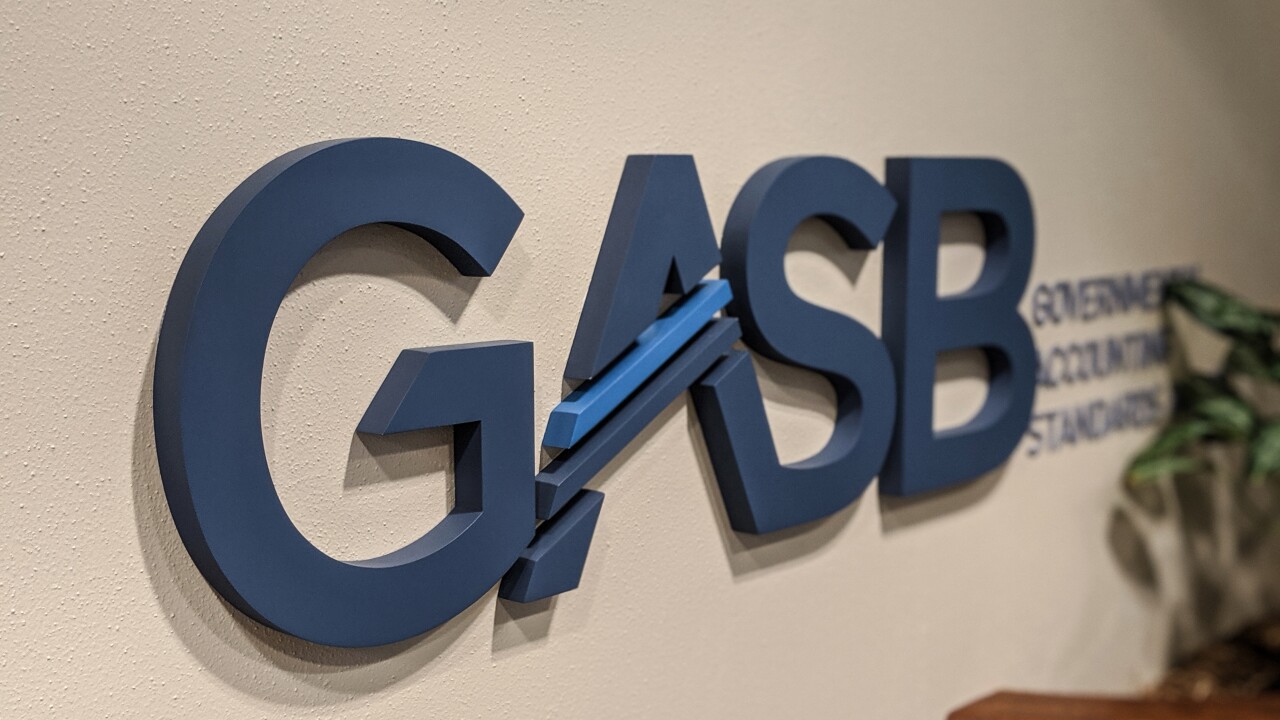
DALLAS — The Army Corps of Engineers is developing policies and procedures for a pilot program of partnering with private sector investors on waterway and port projects, a top Corps official told a House subcommittee.
A new $12.3 billion federal water law directs the Corps to develop a test public-private partnership program and report to Congress within three years on its effectiveness.
Jim Hannon, chief of the Corps' operations and regulatory division, said at a workshop session of the House Transportation and Infrastructure Committee's P3 panel that the Corps is in the early stages of comparing the traditional project delivery model to the different types of arrangements used in P3s.
P3s are an unfamiliar tool for the Corps, Hannon said, and officials are not sure how to structure the contracts.
"We've begun to really do the evaluation analysis of different ways and means and opportunities, but we haven't really found all the answers yet," he said. "This is really new for the Corps of Engineers as the way that we would enter into an arrangement, a partnership to execute this type of work."
P3s may help reduce the Corps' backlog of projects if the private involvement results in quicker completion than could be accomplished by conventional government financing, Hannon said.
"We think there are some benefits that provide better value for money to the taxpayer by investigating opportunities to use these financing tools," he said.
The pilot program authorized in the Water Resources Reform and Development Act must include at least 15 projects involving port and inland waterway navigation improvements, flood control, or hurricane damage mitigation. The measure was signed into law by President Obama in early June.
Proposals that already have clearance from the Corps and other agencies to proceed are the most likely candidates for the pilot program, Hannon said.
WRRDA includes a five-year, $175 million credit enhancement program to help leverage private investments in flood control and other projects overseen by the Corps.
Loans through the Water Infrastructure Finance and Innovation Act provision can cover up to 49% of project costs, but the financial package cannot include tax-exempt public debt or private-activity bonds.
The biggest question facing the Corps is how to generate the revenue to provide the return on their investment that the private sector partners will be looking for, he said.
States can finance highway projects with tolls because road users receive a direct benefit, he said, but who benefits from a port or waterways lock project may not be so clear.
Farmers might benefit if they can get their produce to market quicker if a lock is upgraded, and recreational boaters may benefit if a small harbor is dredged, Hannon said.
"For us, the Corps of Engineers, we would need the authorities to charge fees to retain to pay back the investor," Hannon said.
"Private financing brings the capacity to have a project completed quicker but that requires some guarantee of payback over the period of the financing," Hannon said. "It's a business deal."
The structure of a Corps P3 project may involve the private partner being responsible for completing and operating it, he said, or some combination of private design and build with operations and maintenance up to a government body.
"These are just some of the areas that we're continuing to evaluate, as well as the type of governance that would be set up to be able to manage one of these P3-type contracts," Hannon said.
The P3 panel was created by the House committee in January to see if increased use of P3s could reduce federal transportation spending.





